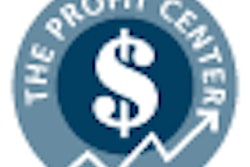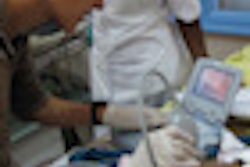Researchers at Mount Sinai School of Medicine have found that $6.7 billion was spent in one year in the U.S. performing unnecessary tests or prescribing unnecessary medications in primary care -- and most of that cost had nothing to do with imaging, according to a research letter published online October 1 in the Archives of Internal Medicine.
A team led by Dr. Minal Kale, a postdoctoral fellow at Mount Sinai, reviewed findings from a study published in the May 2011 issue of Archives of Internal Medicine, which identified the top five most overused clinical activities in each of three primary care specialties: pediatrics, internal medicine, and family medicine (Arch Int Med, October 1, 2011).
Kale's team performed a cross-sectional analysis of data gathered from the National Ambulatory Medical Care Survey and the National Hospital Ambulatory Medical Care Survey. They found more than $6.7 billion in excess healthcare spending in the primary care setting in 2009 in the U.S. Of that total, 86% -- or more than $5.8 billion of the unnecessary spending -- resulted from doctors prescribing brand-name statins rather than generic versions.
Other culprits included unnecessary blood work ($32 million), overprescription of antibiotics for sore throat in children ($116 million), and needless annual echocardiograms, urine testing, Pap tests, and pediatric cough medicine prescriptions.
Imaging waste for at least one indication -- back pain -- was a far smaller slice of the overall pie, Kale's group found. CT scans, MRIs, or x-rays in people presenting with back pain accounted for $175 million in excess healthcare costs, while unnecessary bone density scans in younger women accounted for more than $527 million in wasteful spending.




















